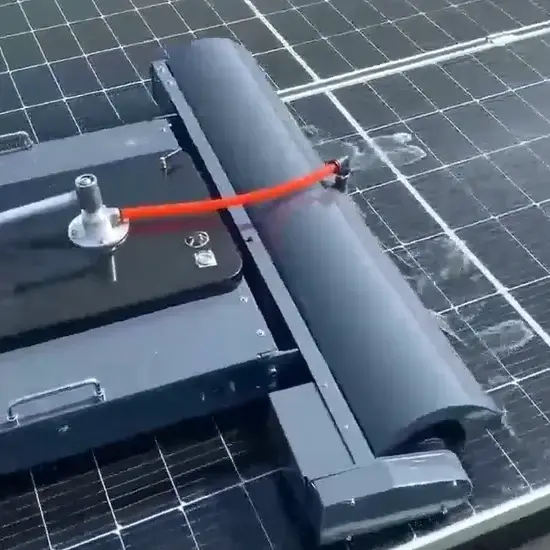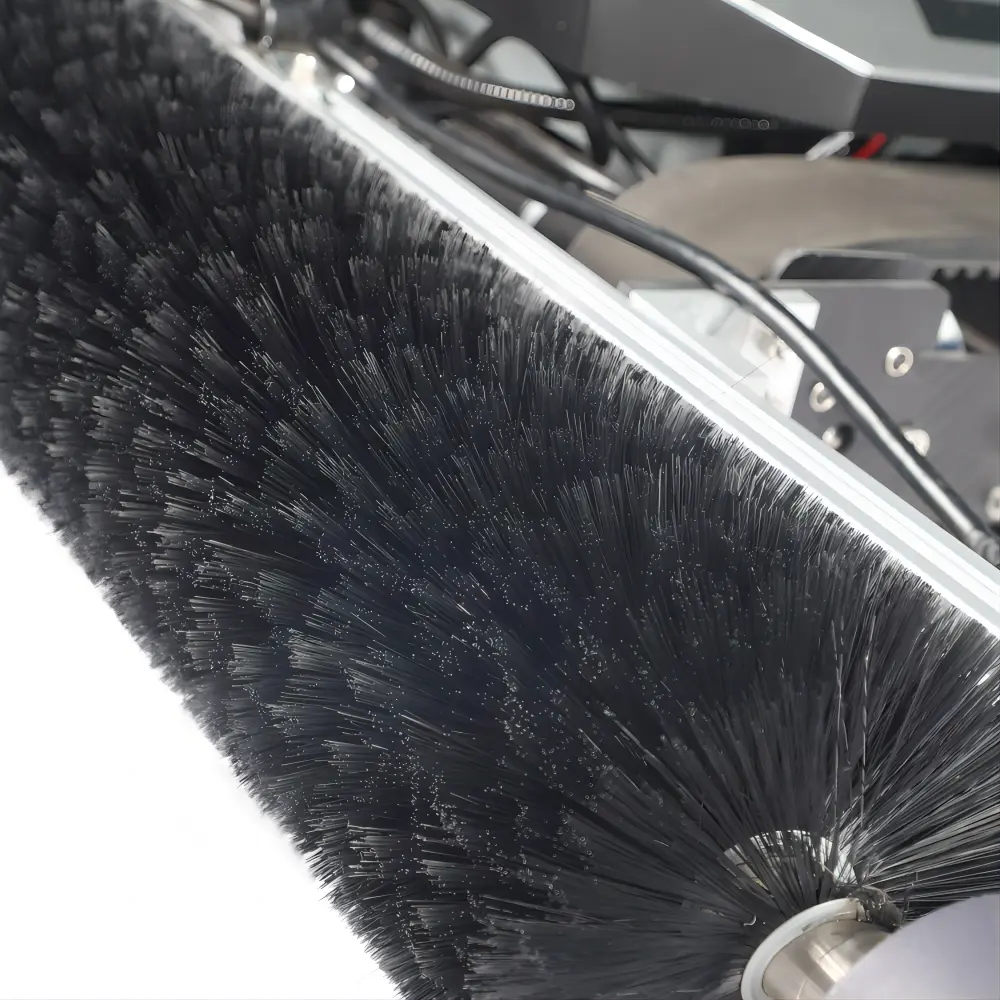A működési elve Napelem-tisztító robotok
A napelemtisztító robotok mechanikus, elektromos és érzékelő alapú rendszerek kombinációját használják a napelemek hatékony és biztonságos tisztítására. Az alábbiakban részletesen áttekintjük azokat a kulcsfontosságú alkatrészeket, amelyek ezeket a fejlett tisztítógépeket alkotják.

Általános tervezés és alkatrészek
A napelemtisztító robot felépítése zökkenőmentes működésre készült, jellemzően a következőket tartalmazza:
- Alváz: Az összes alkatrészt összetartó keret.
- Tisztítóeszközök: A szennyeződés eltávolítására szolgáló kefék és permetezők.
- Motorok: Hajtsa a robot mozgását a napelem felületén.
- Vezérlődoboz: A robot funkcióit irányító vezérlőrendszereket tartalmazza.
Mozgás és vontatás
A robotokat kerekekkel vagy lánctalpakkal szerelték fel, amelyek lehetővé teszik számukra, hogy hatékonyan haladjanak át különböző felületeken:
- Súrlódás és vontatás: A kerekek vagy a lánctalpak létrehozzák a szükséges súrlódást a napelemek mozgásának lehetővé tételéhez.
- Motorvezérlés: A fő processzor vezérli a motorokat, lehetővé téve a különböző irányú mozgásokat a panel teljes területére.
Tisztítási folyamat
A napelem-tisztító robot tisztítási ciklusa több lépésből áll:
- Kezdeti permetezés: A robot először vizet vagy sűrített levegőt permetez, hogy fellazítsa a szennyeződést és a törmeléket.
- Fogmosó akció: Az oldalkefék és a gördülőkefék tisztára söprik a felületet. Az oldalkefék a törmeléket a központ felé irányítják, míg a gördülő kefék alaposan súrolnak.

Érzékelő integráció és vezérlés
A fejlett szenzorintegráció biztosítja a robot hatékony és biztonságos működését:
- Vizuális és fotonikus érzékelők: Ezek észlelik a szennyezett területeket és a napelemek széleit, hogy optimális tisztítási útvonalat hozzanak létre.
- Élérzékelés: Az érzékelők segítenek elkerülni a napelemek széléről való leesést azáltal, hogy a robotot irányváltásra vagy szükség esetén megállásra irányítják.
- Akadálykerülés: A lézeres távolságérzékelőkkel felszerelt robot a paneleken lévő akadályok vagy szabálytalanságok körül navigál, szükség szerint módosítva az útvonalat.
Energiagazdálkodás
A napelemtisztító robotok működési hatékonyságát hatékony energiagazdálkodási technikák növelik:
- Újratölthető akkumulátorok: A legtöbb robot lítium-ion vagy lítium-polimer akkumulátorokat használ a hosszabb működéshez.
- Automatikus újratöltés: Sok robot képes autonóm módon visszatérni a töltőállomáshoz, amikor az akkumulátor töltöttségi szintje alacsony, így biztosítva a zavartalan működést.
Operatív munkafolyamat
A teljes művelet több szakaszra bontható:
- Inicializálás: A robot a feladat megkezdése előtt inicializálja érzékelőit és vezérlőrendszereit.
- Tisztítási ciklus: Programozott utat követ, hatékonyan permetez, kefél és összegyűjti a törmeléket.
- Végső ellenőrzés: Tisztítás után a robot vizuális érzékelők segítségével ellenőrzi a tisztaságot az alaposság biztosítása érdekében.
- Visszatérés és újratöltés: Ha elkészült, visszatér a töltőállomáshoz, hogy újratöltse.
Ezen alkatrészek és folyamatok integrálásával a napelem-tisztító robotok létfontosságú szerepet játszanak a napelem-rendszerek hatékonyságának és élettartamának megőrzésében.